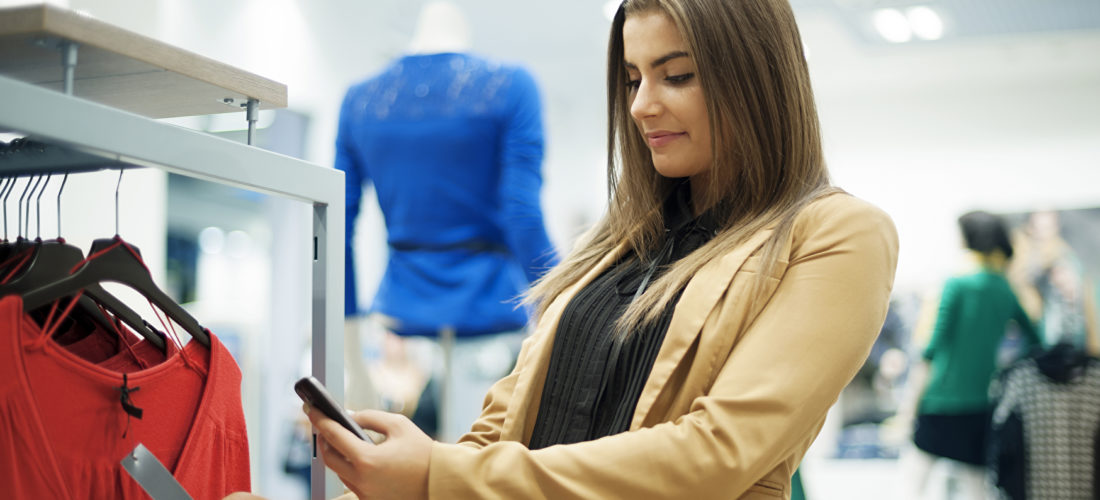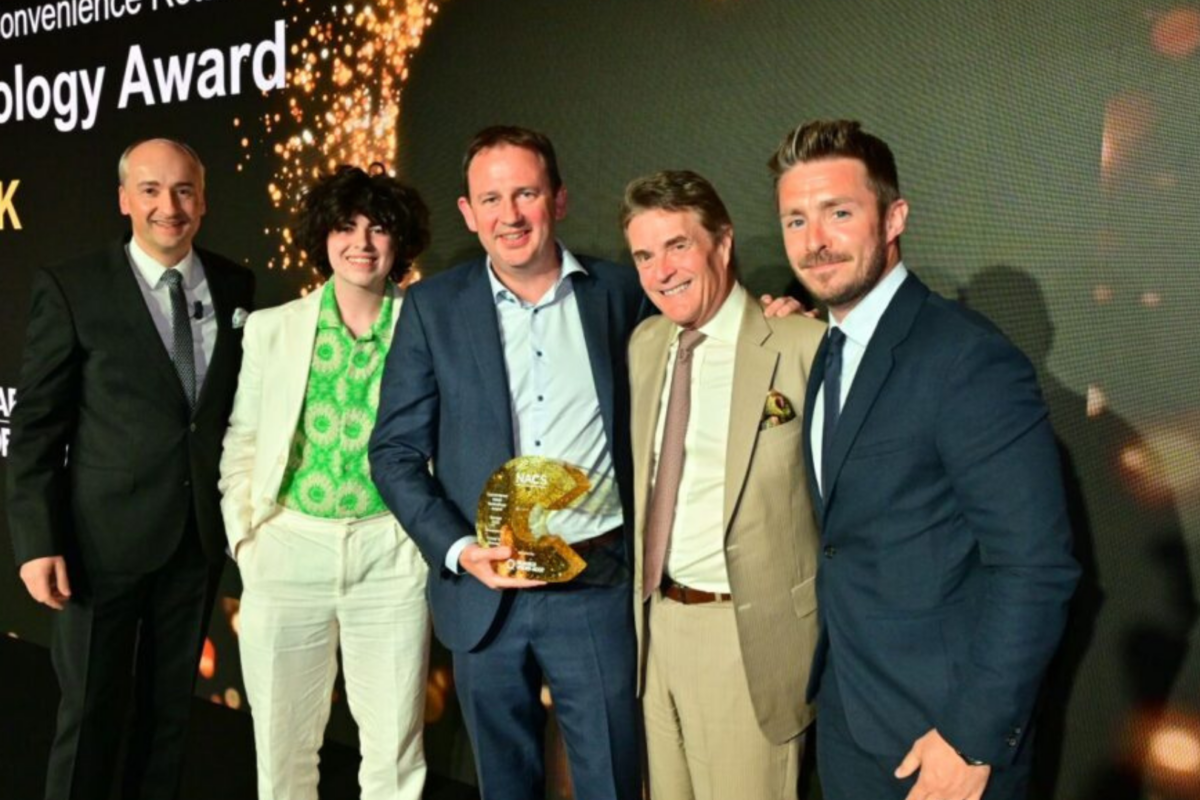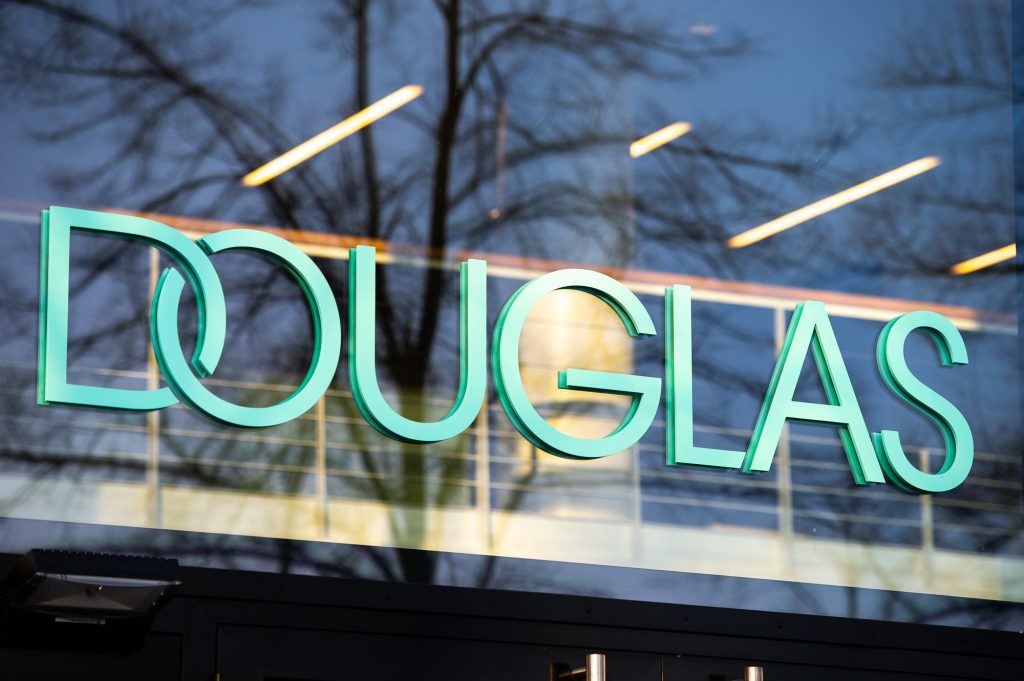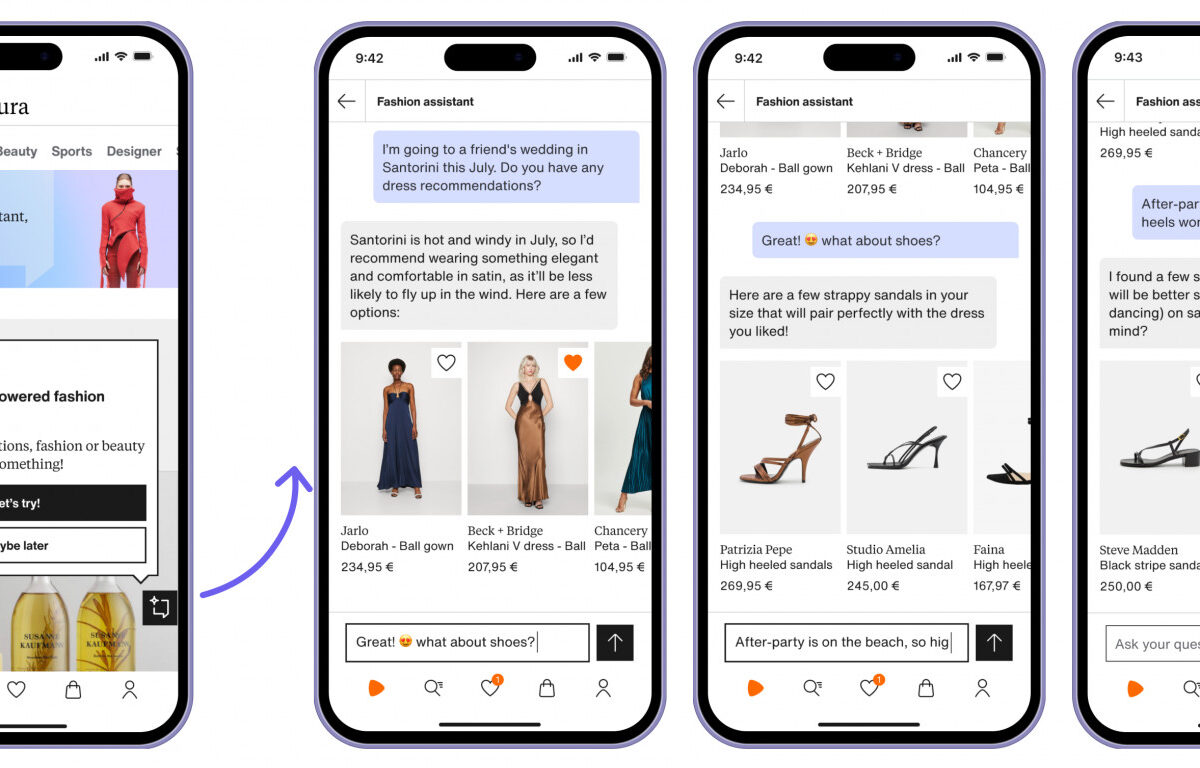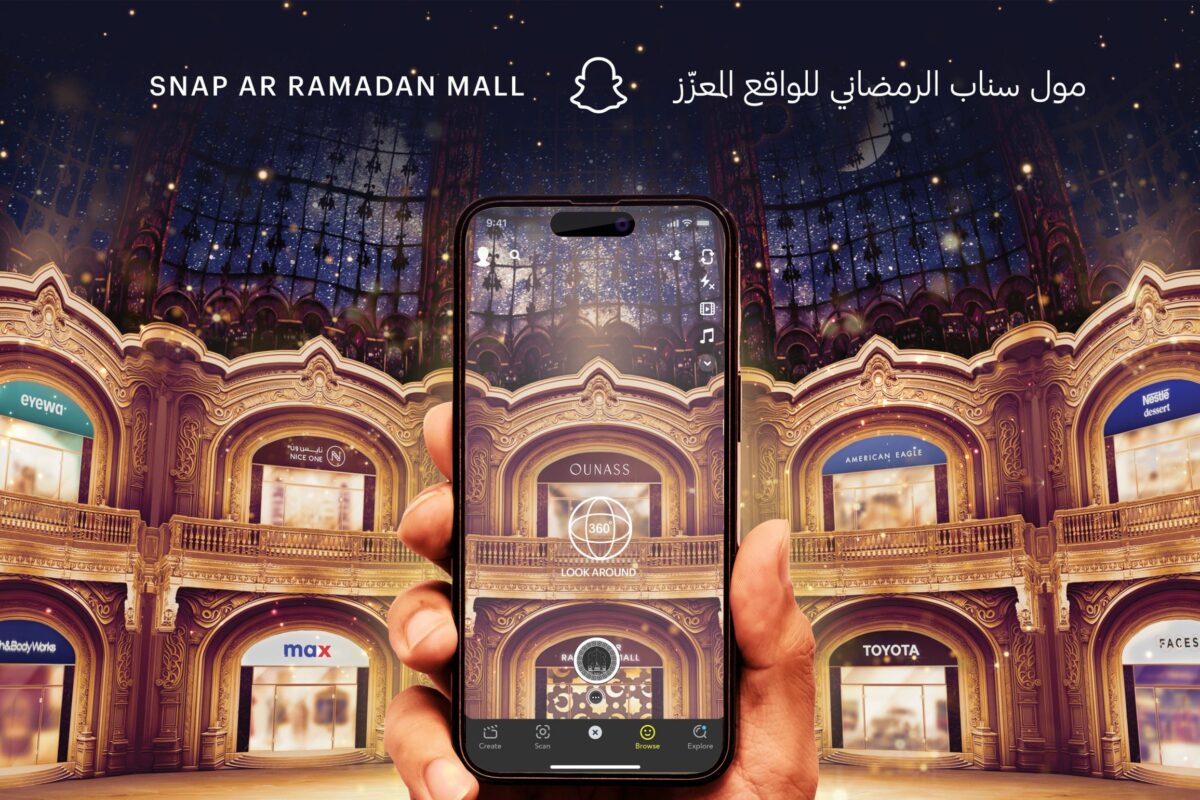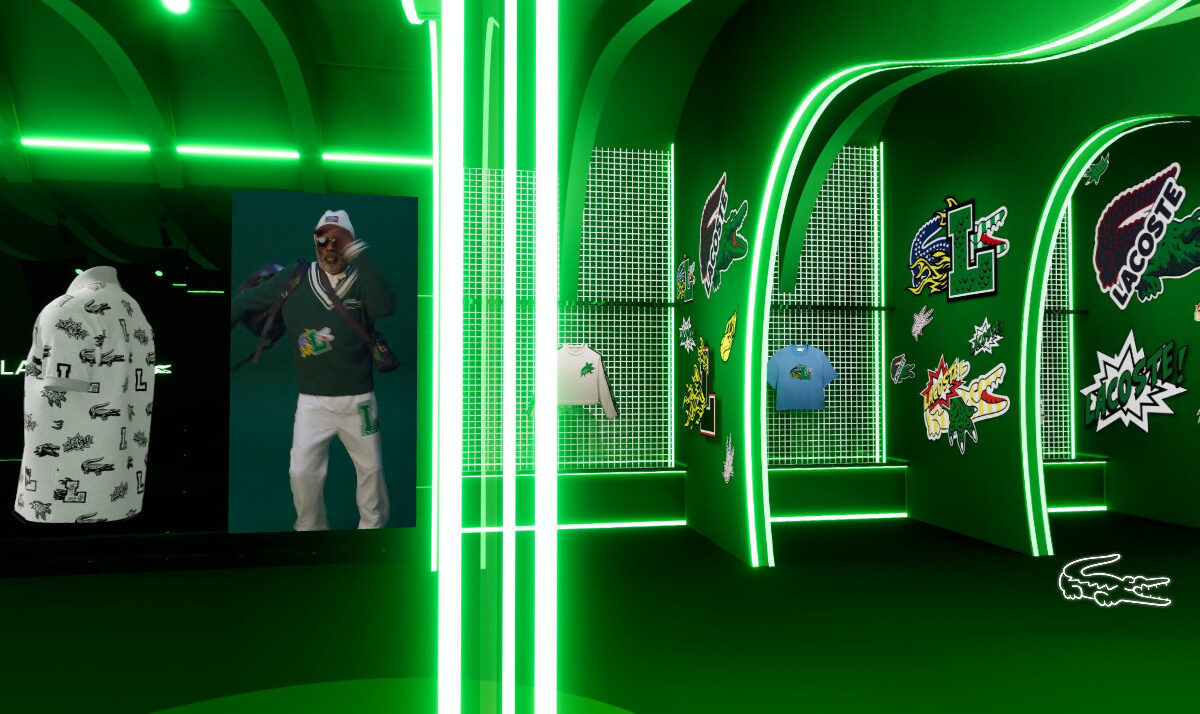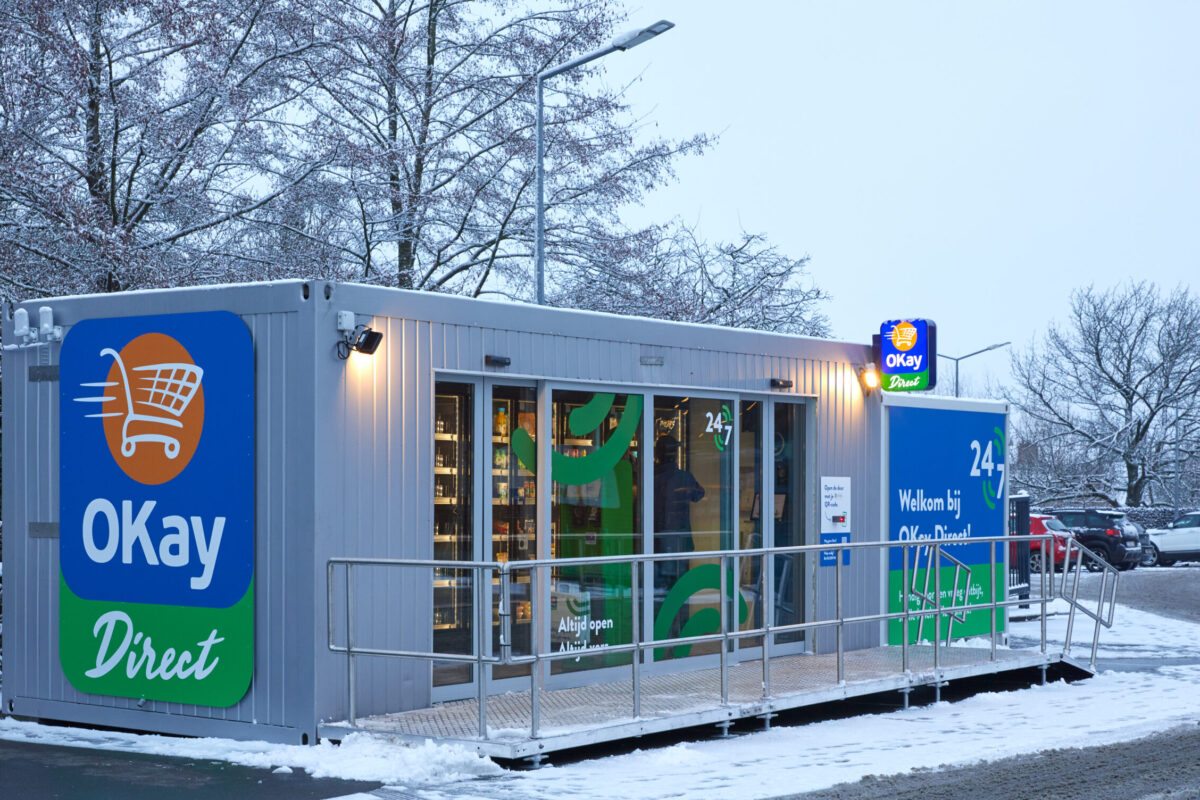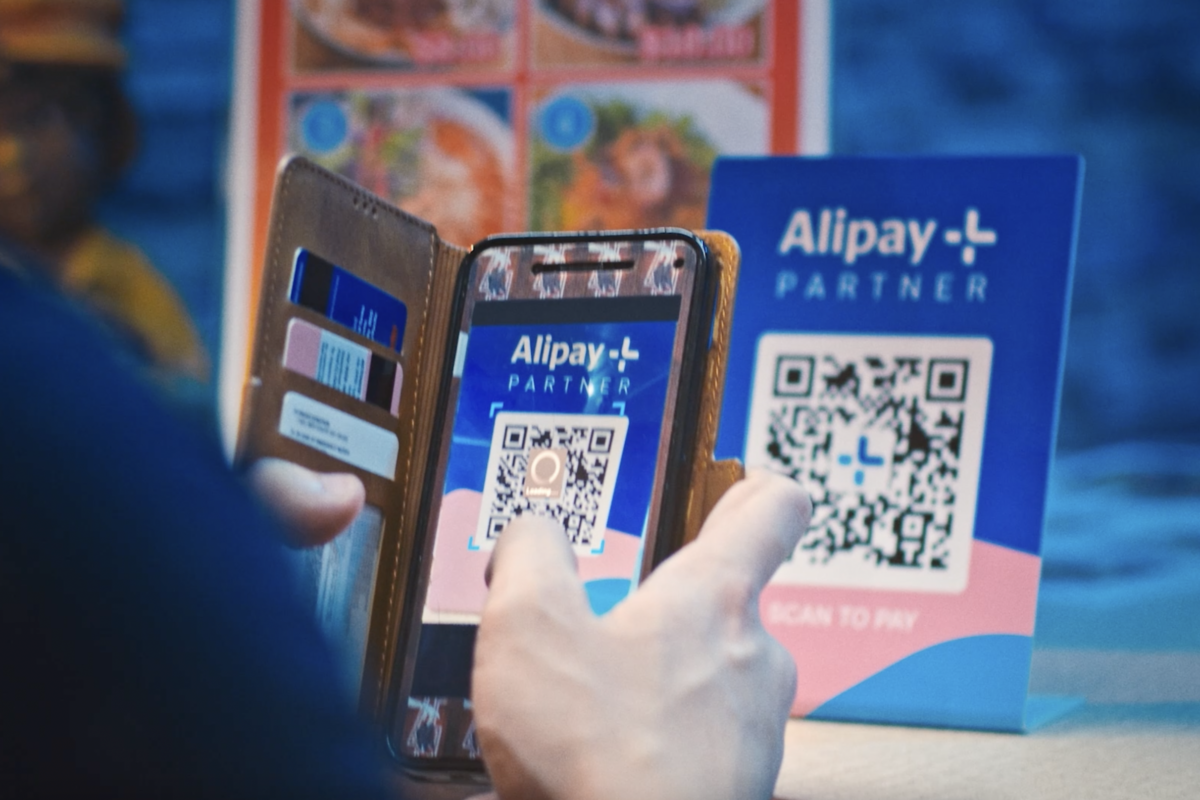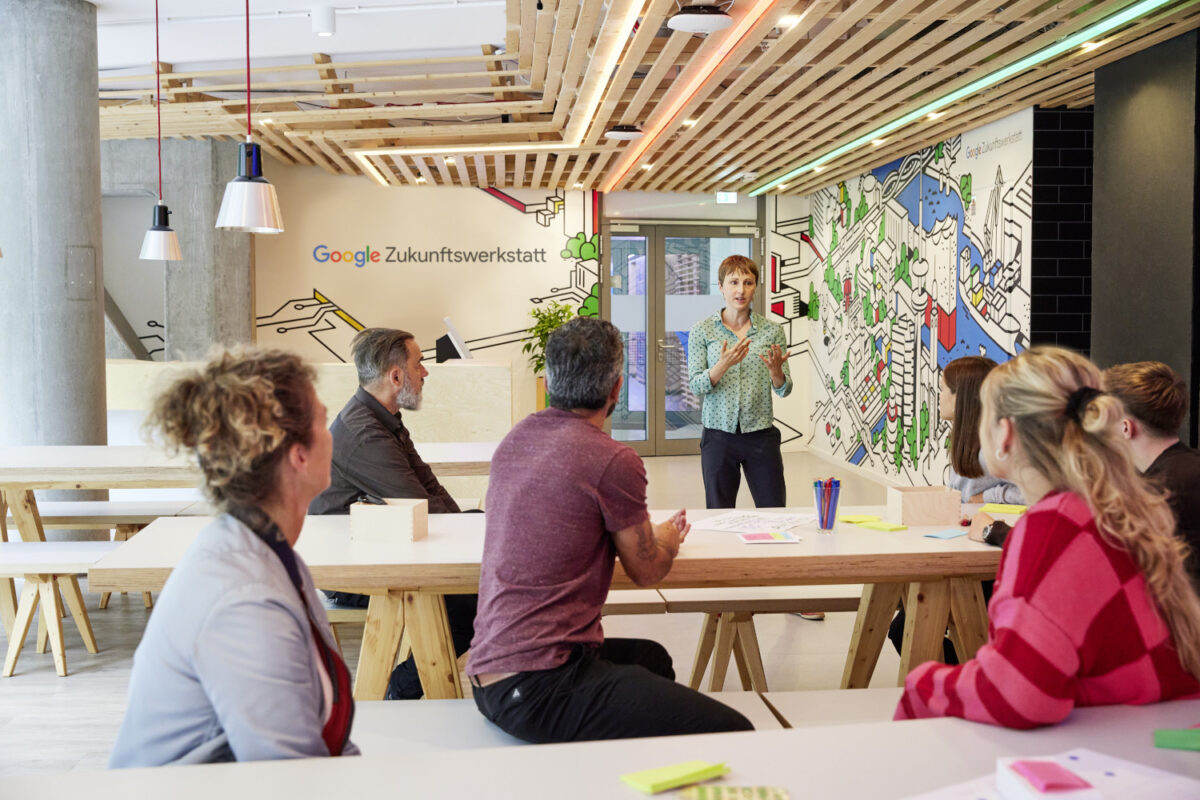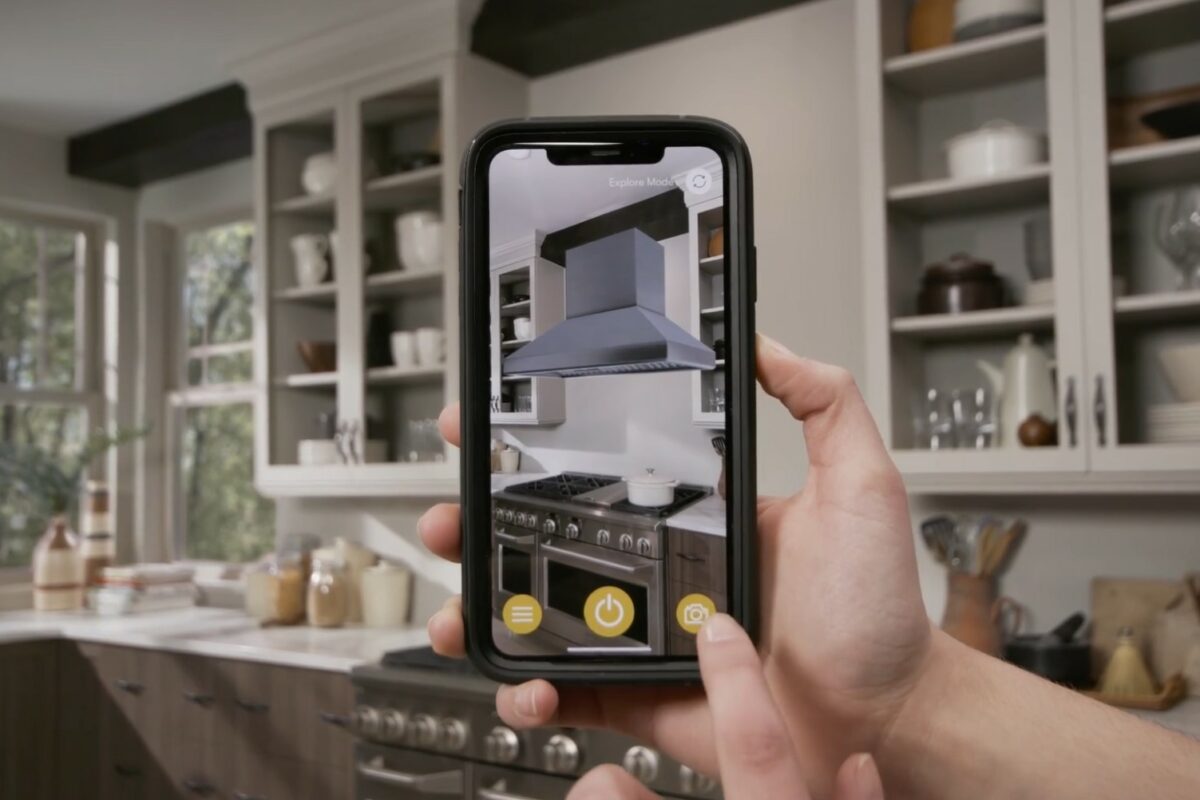New technologies open up many new and innovative ways to present products and get in touch with customers. QR codes are only one of many examples for this. We talked to Mikhail Damiani, CEO and co-founder of the B2B software platform Blue Bite, about the needs of customers and the optimal customer journey.
Why has it become insufficient these days to offer products to customers in the “traditional way”?

Mikhail Damiani, CEO Blue Bite // ©BlueBite
Mikhail Damiani: While still interested in quality products that perform the desired functionality, today’s consumers expect more. They value personalized experiences, authenticity, compelling content, sustainable sourcing and ethical practices, yet have less attention span for any of these things than ever before.
To address these needs, innovative brands are transforming physical products into a digital platform that connects directly with consumers to seamlessly deliver additional value. This personalized and tactile relationship is made possible by connecting physical products to the digital universe through technologies like NFC (near field communication) and QR codes.
This transformation empowers brands to create circularity, enable peer-to-peer (P2P) communication, protect consumers from counterfeits, turn products into experiences, and provide contextual information when and where consumers want it. In a nutshell: smarter products, better lives.
What are “embedded products”?
Embedded products are physical products that are brought to life with a digital experience, enabled by technologies that are typically attached to the product itself. For example, a pair of shoes can be outfitted with an NFC tag, allowing a runner to tap the shoe to record a run and track treadwear on a specific shoe. For other products, brands can add a QR code to a product or packaging that activates the digital experience.
These “living” embedded products empower brands to differentiate themselves on crowded shelves, unlock new business models, create long-term relationships with consumers, track products through the supply chain, drive incremental sales and gain actionable insights from ongoing consumer engagement.
What does an optimal customer journey look like?
An optimal consumer journey is not linear. Rather, it looks more like a loop with many touchpoints, which can include retail, post-purchase, events, peer-to-peer and end-of-product-life. In an ideal world, brands and consumers are connected at every touchpoint in the journey, and the consumer experience evolves based on the context and the consumer preferences and needs.
Brands should add value at each touchpoint, from delivering relevant information that helps in the purchase decision, to providing exclusive access to events and content throughout the ownership journey, to enabling seamless recycling at the end of the product lifecycle.
Consumers are embracing brands that provide them with valuable information and experiences when they want it, but otherwise leave them alone. Having an always-on, brand-owned channel accessible at the discretion of the consumer at any point during the journey is a win-win for both, brands and consumers.
Interview by Sonja Koller




